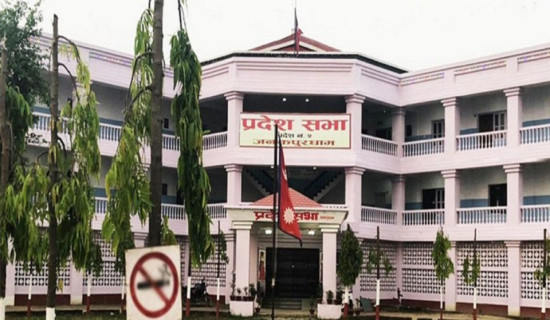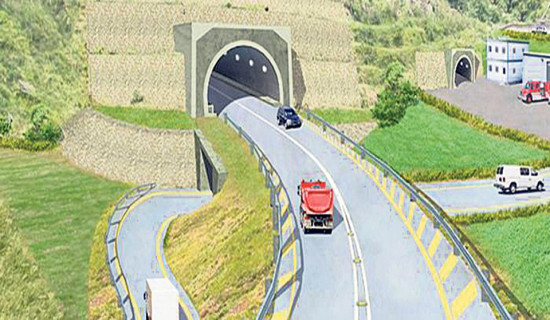- Sunday, 21 September 2025
Libya's disaster linked to chaos and corruption
AP
Cairo, Sept 19 : The warnings were clear but went unheeded.
Experts had long said that floods posed a significant danger to two dams meant to protect nearly 90,000 people in the northeast of Libya. They repeatedly called for immediate maintenance to the two structures, located just uphill from the coastal city of Derna. But successive governments in the chaos-stricken North African nation did not react.
“In the event of a big flood, the consequences will be disastrous for the residents of the valley and the city,” Abdelwanees Ashoor, a professor of civil engineering, wrote in a study published last year in the Sabha University Journal of Pure and Applied Sciences.
The warnings came true in the early hours of Sept. 11, when residents of Derna woke up to loud explosions before floodwaters pounded the Mediterranean city. They found that two dams had broken, unleashing a wall of water two stories high that wreaked destruction and swept entire neighbourhoods out to sea. The deluge proved deadly for thousands in just seconds, uprooting apartment buildings and washing away roads and bridges. More than 11,300 people were reported killed, including foreigners, and over 10,000 remained missing a week after the disaster, according to the Libyan Red Crescent and the United Nations.
Neglect and corruption are rife in Libya, a country of about 7 million people that lies on a wealth of proven oil and natural gas reserves. As of 2022, the country ranked 171 out of 180 on the transparency index compiled by Transparency International.
The North African nation has been in chaos since 2011, when an Arab Spring uprising, backed by NATO, ousted longtime dictator Moammar Gadhafi, who was later killed.
The country has since divided between rival administrations: one in the west backed by an array of lawless armed groups and militias, and the second in the east allied with the self-styled Libyan National Army, which is commanded by powerful Gen. Khalifa Hifter.
The dams, Abu Mansour and Derna, were built by a Yugoslav construction company in the 1970s above Wadi Derna, which divides the city. Abu Mansour, 14 kilometres (8.6 miles) from the city, was 74 meters (243 feet) high and could hold up to 22.5 million cubic meters of water. The Derna dam, also known as Belad, is much closer to the city and could hold 1.5 million cubic meters of water.
The dams, built from clay, rocks and earth, were meant to protect the city from flash floods, which are not uncommon in the area. Water collected behind the dams was used to irrigate crops downstream.
“Both dams had not been maintained for many years, despite repeated floods that struck the city in the past," said Saleh Emhanna, a geological researcher with the University of Ajdabia in Libya. “They were dilapidated.”
The dams suffered major damage in a strong storm that hit the region in 1986, and more than a decade later a study commissioned by the Libyan government revealed cracks and fissures in their structures, Libya's general prosecutor, al-Sediq al-Sour, said late Friday.











-original-thumb.jpg)


-original-thumb.jpg)
-original-thumb.jpg)
-original-thumb.jpg)
